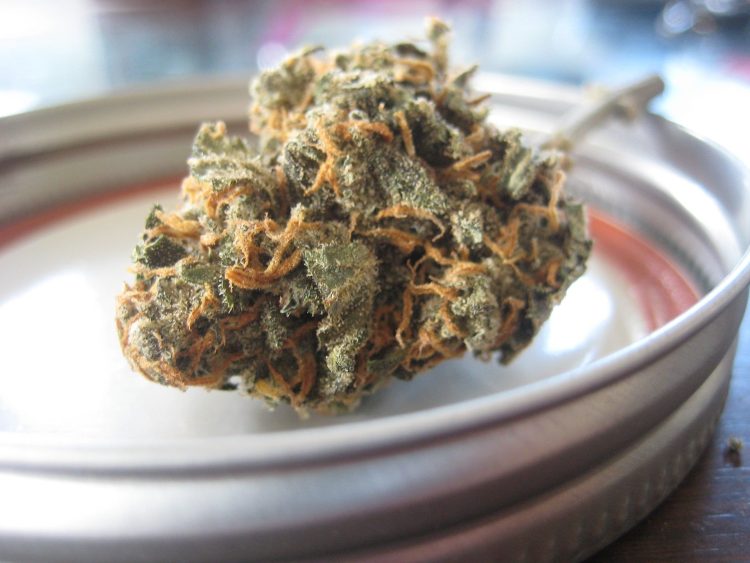The GW Pharmaceuticals versus Canopy Growth patent infringement lawsuit has seen some developments as a US judge recently issued a claim construction order favoring GW Pharma.
Canopy Growth Corporation filed a lawsuit accusing GW Pharmaceuticals of infringing on its patent covering carbon dioxide (CO2) extraction of cannabis to produce an extract containing tetrahydrocannabinol (THC) and cannabidiol (CBD). The patent, numbered 10,870,632, was issued in December 2020, and Canopy’s lawsuit was filed that day.
Canopy claims that it had acquired the rights to the patent application weeks prior. The patent-in-suit claims precedence to a patent application from back in October 2000.
“Claim construction” is a legal process where the courts interpret the meaning and scope of the claims reported in the patent. This interpretation is used by the judge or a jury to determine whether the patent has been infringed upon or whether details in the patent are considered public knowledge, aka prior art.
This particular claim construction focused on the terminology regarding CO2 extraction of cannabis. GW Pharma’s position is that ‘subcritical pressure and temperature conditions’ means that both the pressure and temperature must be below the critical pressure and critical temperature of 31°C and 72.8 atm (73.8 bar). Canopy, on the other hand, says that ‘subcritical’ just means ‘not supercritical’, and that whether one or the other parameter is above the critical point still means subcritical. Supercritical relates when both the temperature and the pressure are above the critical point. GW pointed to several passages in the Canopy patent that describe subcritical conditions where the pressure and temperature were below the critical point.
The court agreed with GW that using CO2 at pressures above the critical point pressure, but at lower temperatures than the critical point falls outside of the patent claim’s scope and wouldn’t infringe. Canopy counterargued that using CO2 under these conditions is within the scope of the claim language.
How Canopy intends to respond to its claim construction loss is not yet evident. The company could simply accept the noninfringement under the claim construction, which would allow them to appeal the decision. Otherwise, the company may continue with its litigation in Texas’ Western District. There is also the potential for the two entities to negotiate a settlement, which would lead to the case being dismissed.
At the end of the day, GW’s claim construction victory strengthens the company’s position in defending this litigation. Further, the claim construction accepted by the judge presiding over this case is a positive thing for CO2 extraction firms and equipment manufacturers.
Image source: SeaweedJeezus via Pixabay












